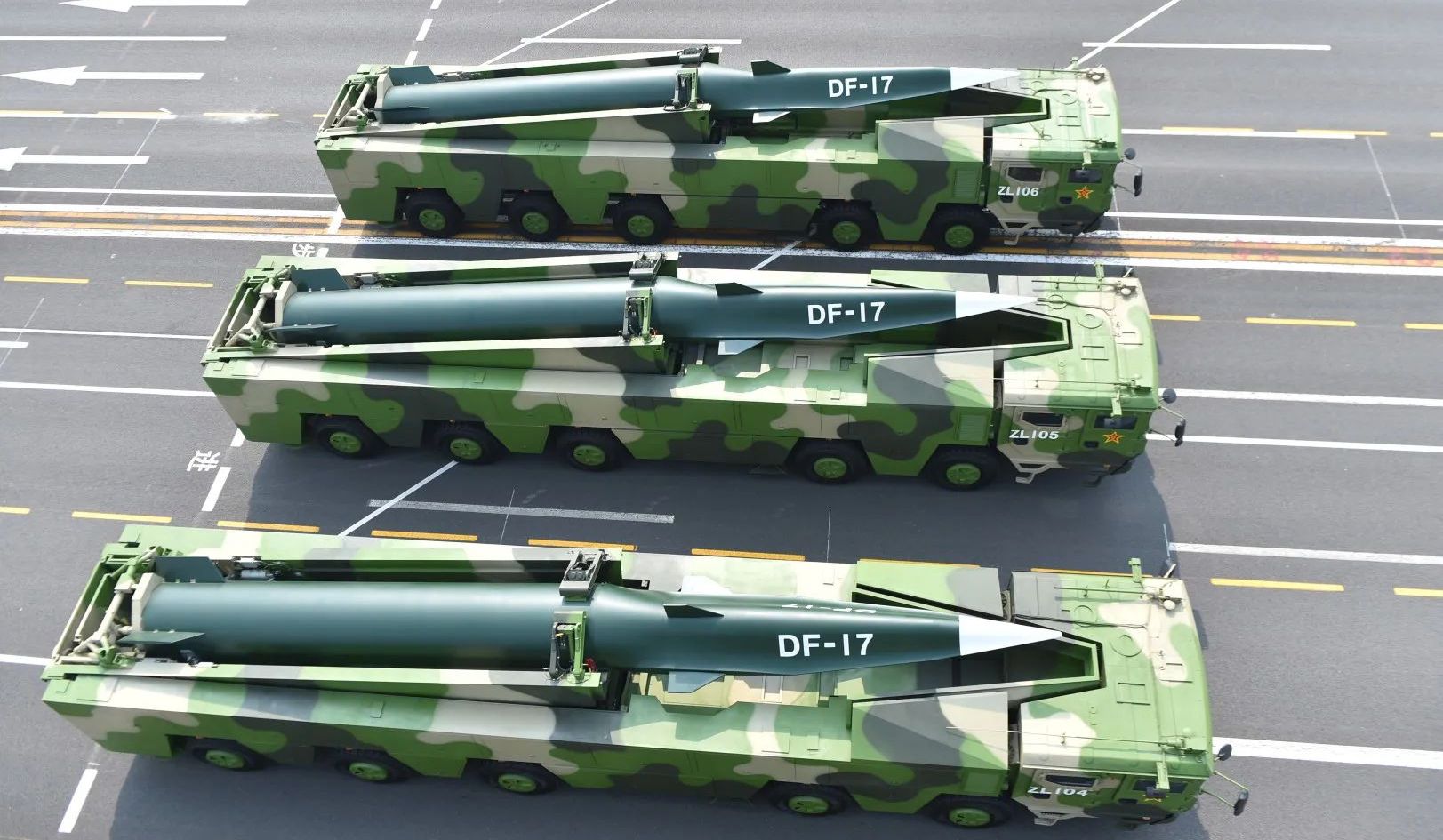US military planners are considering countering highly maneuverable and undetectable hypersonic missiles by using autonomous drones armed with “kinetic measures,” taking them out on the ground itself before they launch.
Directed Energy Weapons (DEW), Electronic Warfare (EW), or a combination are envisaged to disable such missiles before they leave the ground.
Officials from the US Northern Command (NORTHCOM) and the North American Aerospace Defense Command (NORAD) made the revelation during the latest Space and Missile Defense (SMD) Symposium. It flows from a new Arctic strategy the authority has formulated and is being assessed by the Pentagon to be put up for budgetary requests before Congress.
Whether this stems from the review of its “nuclear deterrence theory,” which the Strategic Forces Command (STRATCOM) was reported to have been “furiously rewriting” last year in August, is not known.
While details were hazy on the exact posture the US would adopt, the language in the reports and statements by senior US military officials implied it was a ‘launch on pre-emption’ policy.
This involves destroying enemy missiles at their launch sites when they are detected being readied to be fired, but is prone to severe escalation and destabilization, as a previous assessment by EurAsian Times concluded.
The technical and tactical miscalculations aside, it also increases the chances of a nuclear exchange since it motivates an enemy to fire first.
Drones & Lasers To Take Out Chinese, North Korean & Russian Missiles On Ground
At the SMD Symposium, Rear Admiral Sean Regan, NORTHCOM’s director of operations, mentioned emerging technologies and capabilities like maritime and aerial “autonomous drones” carrying “DEWs,” “electronic warfare” and “high-power microwaves…to engage missiles before they can deploy complex decoys, countermeasures, maneuvers or multiple reentry vehicles.”
![]()
“We know that our competitors and adversaries will continue to advance by developing emerging technologies and capabilities. We also know that a ‘bullet on bullet’ strategy in the future is not fiscally possible. We cannot afford to try to match the ever-increasing threat by kinetic means alone.
“The best missile strategy is to destroy the missiles before launch. A focus on missile defeat could enable distributed non-kinetic systems with larger magazines and the ability to engage missiles before they can deploy complex decoys, countermeasures, maneuvers or multiple reentry vehicles,” Regan was quoted in a report on Breaking Defense.
He named Russian hypersonic missiles, Chinese weather balloons, and North Korean ballistic missiles and solid-fuel rockets as the “emerging threats” that have inspired the NORTHCOM’s own “defense design for 2035”, outlining “new ways and means of defending the homeland.” It pivots to “missile defeat” from its traditional focus on “missile defense.”
Autonomous Drones – For Both Surveillance & Attack
This raises the question of how the non-kinetic means will be delivered to the enemy target site since the strategy still requires some military assets to get close to the location. The space-based option can be ruled out since putting DEW-capable satellites for the purpose will spur an even destabilizing arms race owing to the weaponization of space.
The means are “autonomous maritime and airborne platforms,” which will conduct early domain awareness and be enabled by Artificial Intelligence (AI) to allow rapid digestion and dissemination of incoming data and speed decision-making.
In a previous report about the new strategy, which was first unveiled in the Arctic policy paper released during a Mitchell Institute for Aerospace Studies (MIAS) seminar on June 22 this year, NORTHCOM and NORAD commander General Glen VanHerck said the idea is to imagine integrated air and missile defense not just starting within US borders using kinetic attacks but taking place “forward” both geographically and in time.
In the paper, ‘Bolstering Arctic Domain Awareness to Deter Air & Missile Threats to the Homeland,’ what VanHerck said not only addresses the Arctic but also “off the eastern seaboard, the western seaboard, or around the globe wherever we need to be.”

Drones Have Other Uses Too
Naturally, it can be assumed that US planners do not expect drones and unmanned systems to successfully deliver their non-kinetic attacks, owing to Russia and China’s equal radar, sensor, and surveillance capabilities.
But a mere detection of a launch taking place or tell-tale signs of missiles being mobilized might aid or increase the efficiency of conventional hard-kill interceptor-based missile defense.
Any early warning in warfare is never futile and hands even a diplomatic tool to US leaders to politically thwart Pyongyang, Moscow, or Beijing from carrying forward their missile launch. Moreover, autonomous drones will not be singularly used for detecting hypersonic or ballistic missile launches but also become a part of a larger sensor network, “integrating air and missile defenses much more tightly than in the past.”
- The author can be reached at satamp@gmail.com
- Follow EurAsian Times on Google News




